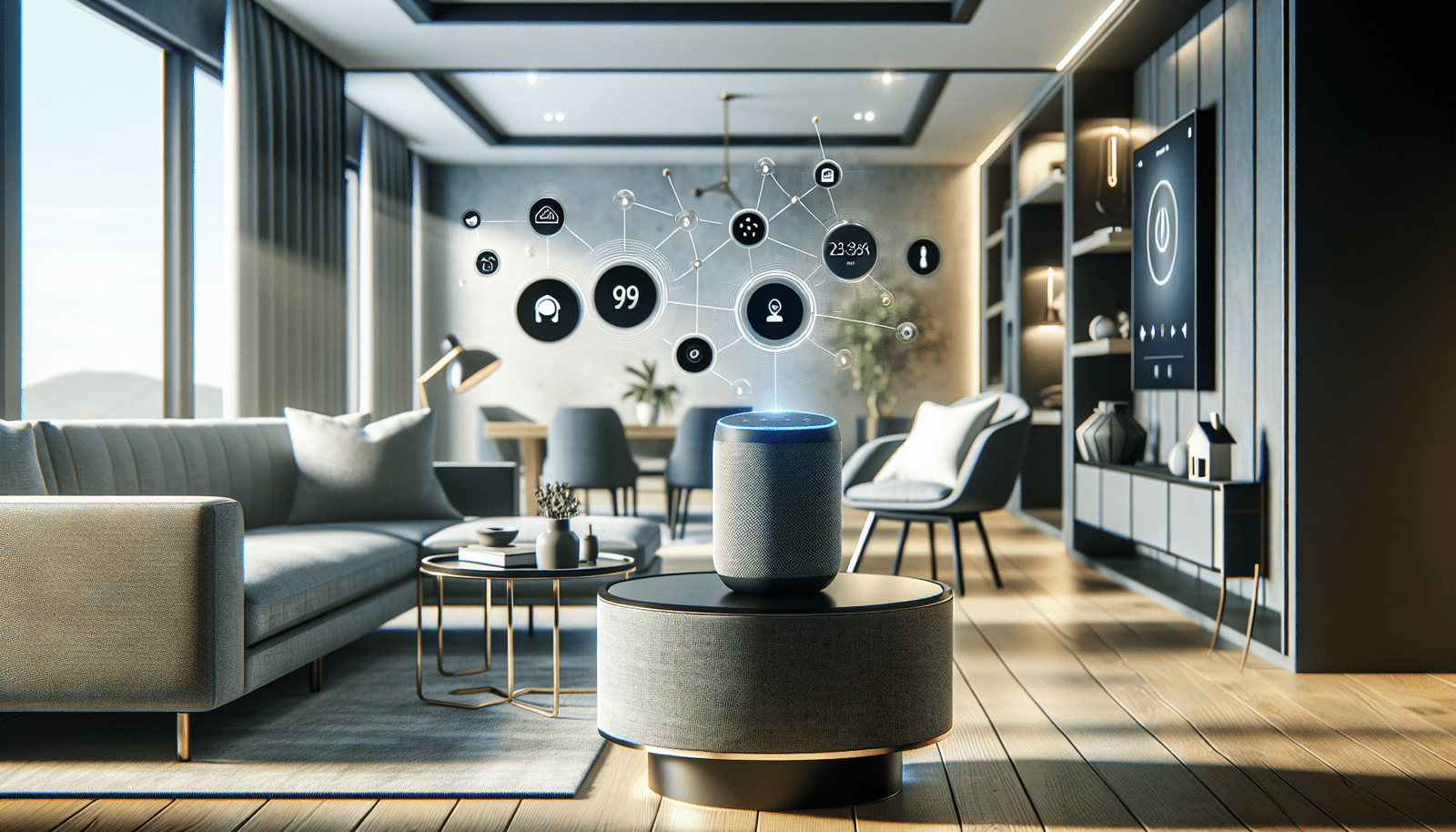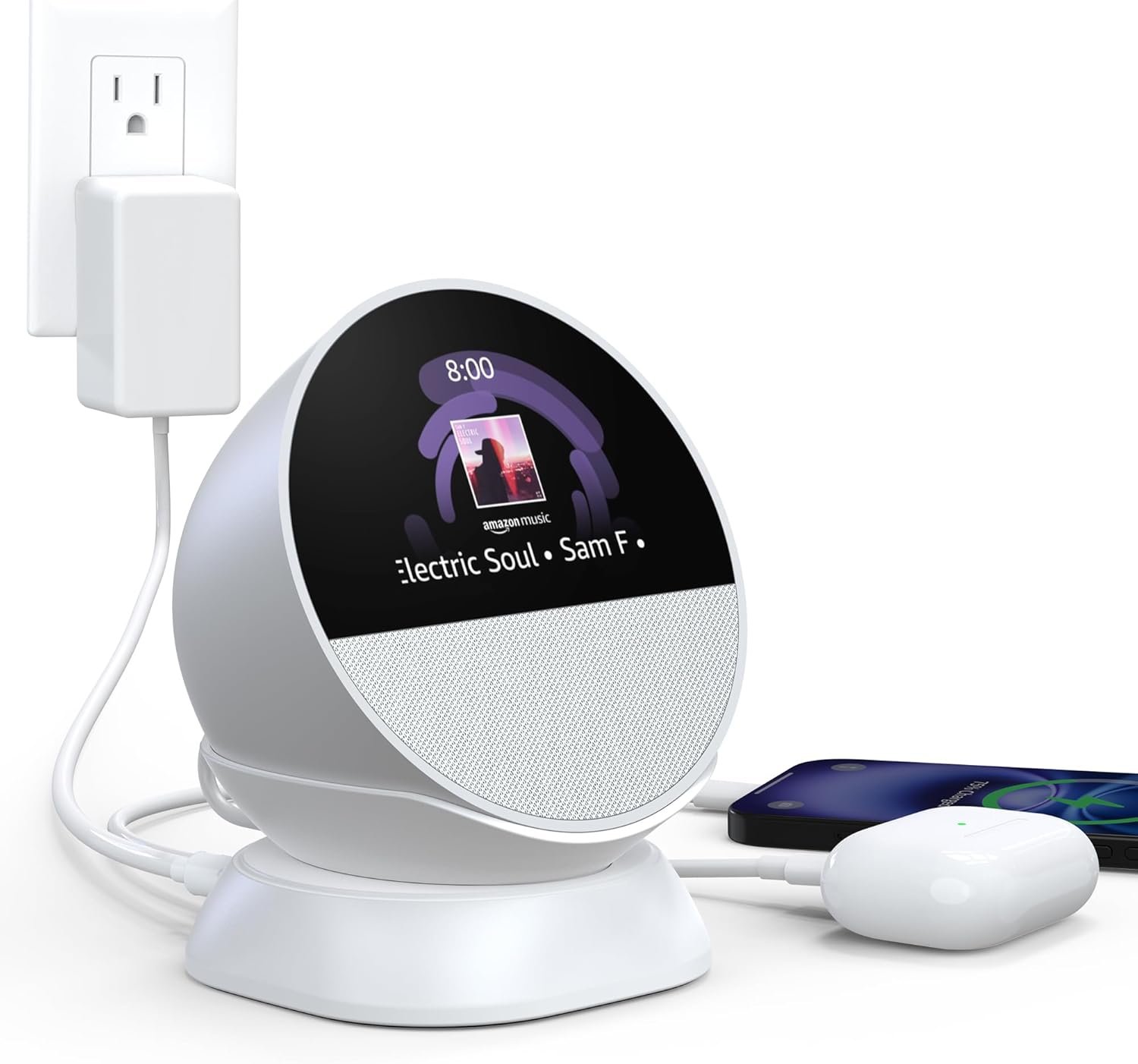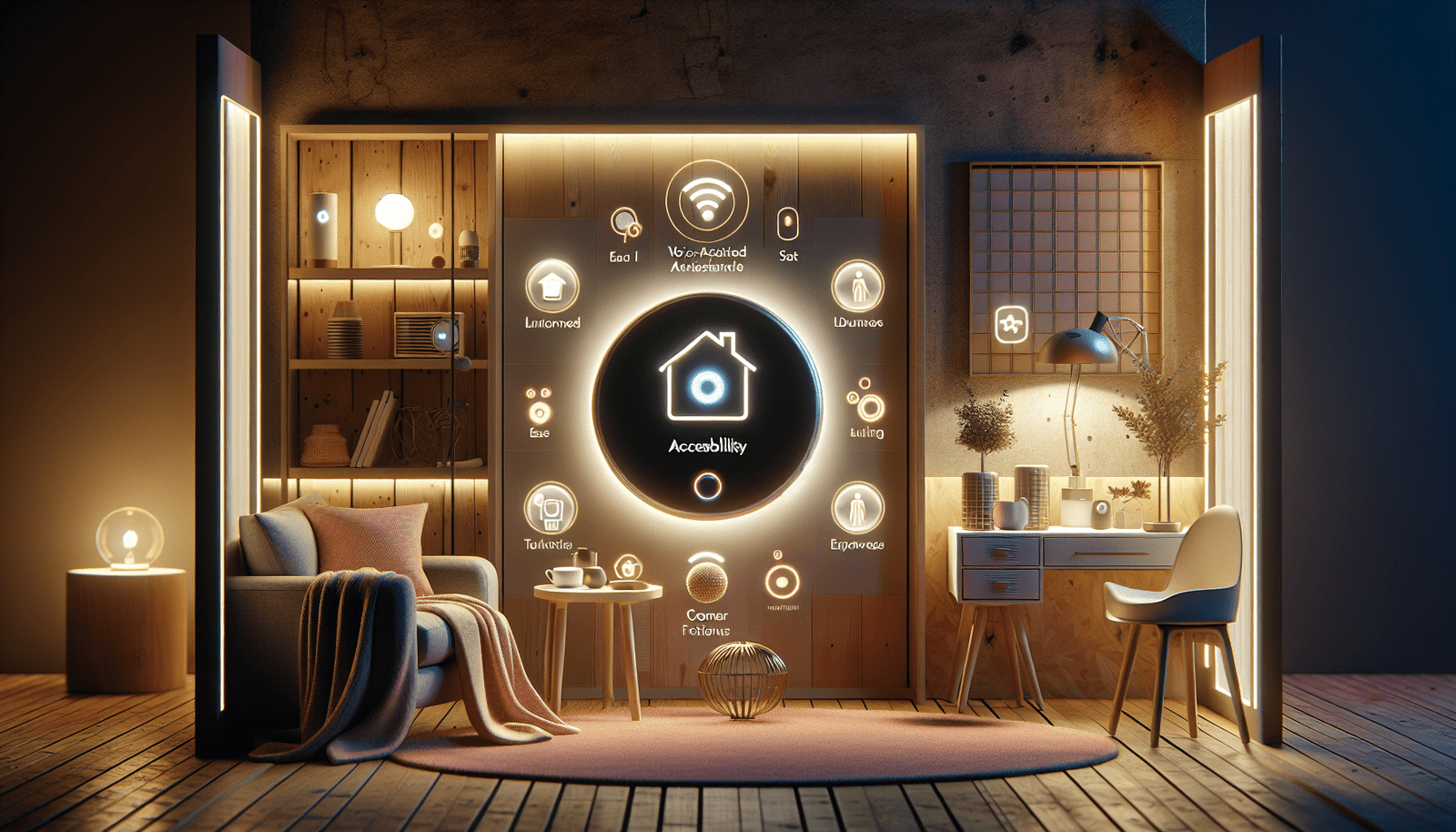Have you ever wondered what exactly a smart home package is and how it could transform your daily living experience? As technology continues to advance at a rapid pace, more and more people are considering integrating smart devices into their homes. Whether you’re a homeowner, a renter, or someone who’s simply intrigued by the potential of smart technology, understanding the components and benefits of a smart home package is an excellent gateway to optimizing your living space. Let’s delve into this fascinating topic and explore how smart home technology can make your life more convenient, secure, and energy-efficient.
What Is a Smart Home Package?
A smart home package is essentially a collection of interconnected devices designed to automate and enhance various aspects of home living. These packages often include a variety of products that work together to provide convenience, security, and energy efficiency. Whether you’re aiming for an entry-level smart setup or a comprehensive high-tech solution, these packages can be tailored to suit your specific needs and budget.
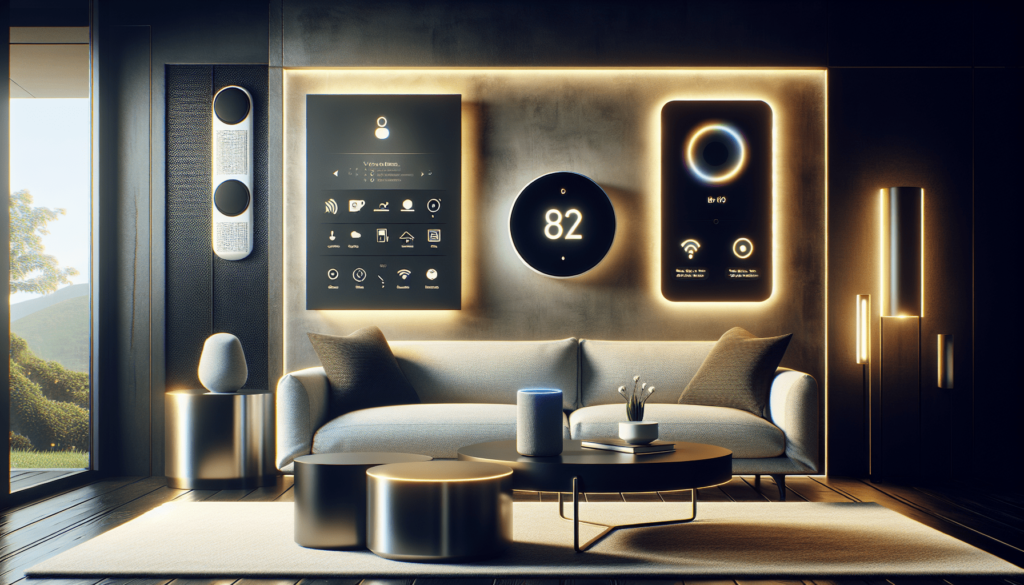
Understanding Smart Home Living
Smart home living refers to the use of advanced technology to automate and control various household functions through devices connected to the internet. The goal is to increase convenience, efficiency, and security within your home. From turning on lights with a voice command to monitoring your home’s security remotely, smart home living offers a multitude of possibilities.
Key Components of Smart Home Packages
-
Smart Speakers and Voice Assistants
Most smart home packages include devices like smart speakers, equipped with voice assistants such as Amazon Alexa, Google Assistant, or Apple’s Siri. These devices allow you to control your smart home ecosystem with simple voice commands. -
Smart Lighting
Smart lighting systems provide adjustable brightness and color settings that can be controlled remotely. They allow you to set schedules, automate lighting based on occupancy, and even integrate with voice commands for seamless control. -
Smart Thermostats
A smart thermostat helps regulate your home’s temperature more efficiently by learning your schedule and preferences. This not only enhances comfort but also reduces energy consumption, leading to potential cost savings. -
Security Cameras and Systems
Enhanced security features are a significant part of smart home packages. From doorbell cameras to complete surveillance systems, smart security devices keep your home safe through real-time monitoring and alerts. -
Smart Plugs and Outlets
These devices allow you to control the power supply to various appliances remotely. Through apps or voice commands, you can turn your devices on or off, ensuring energy efficiency even when you’re not at home. -
Smart Appliances
Smart appliances, such as refrigerators, ovens, and washing machines, can be controlled or monitored via your smartphone, offering additional convenience and efficiency.
Cost and Value Considerations
When it comes to upgrading your home with smart technology, understanding the costs and potential value is crucial. While the initial investment in smart home devices may seem substantial, the long-term savings and enhanced convenience often justify the expense.
-
Initial Costs: Smart home packages can range from a few hundred to several thousand dollars, depending on the complexity and number of devices included.
-
Long-term Savings: Smart thermostats and energy-efficient lighting can reduce utility bills, often leading to savings that offset the initial investment over time.
-
Return on Investment (ROI): Homes equipped with smart technology often have a higher market value, making them more attractive to potential buyers or renters.
Comparisons and Examples
To make an informed choice, let’s compare a few popular smart home solutions:
| Feature | Basic Package | Luxury Package |
|---|---|---|
| Cost Range | $250 – $500 | $2,000 and up |
| Core Components | Smart Speaker, Smart Bulbs | Comprehensive Security, Smart Thermostat |
| Additional Features | Limited Automation | Complete Integration, Smart Appliances |
| Target Audience | Beginners | Advanced Users, Enthusiasts |
For example, the basic package may include a smart speaker, a few smart bulbs, and a basic security setup. This is ideal for beginners or renters looking for non-permanent solutions. On the other hand, a luxury package could encompass a robust security system, smart thermostats, and a range of smart appliances, appealing to advanced users or real estate investors.
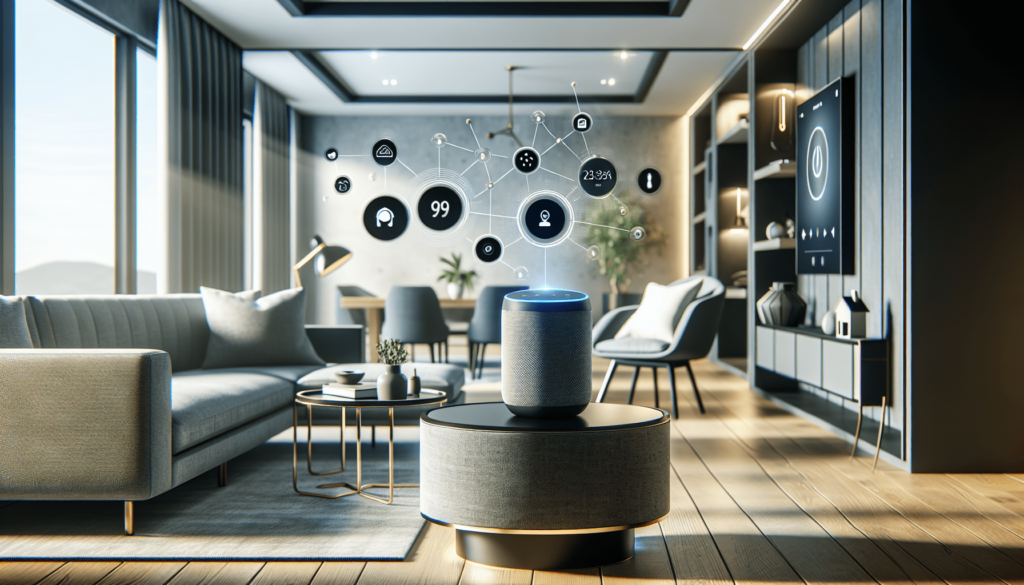
Practical Setup Guides
Setting up a smart home package involves a few straightforward steps:
-
Identify Your Needs: Determine what aspects of your home life you’d like to enhance, such as security, convenience, or energy efficiency.
-
Select Compatible Devices: Choose devices that integrate well with one another, considering compatibility with voice assistants and central hubs.
-
Install and Integrate: Follow manufacturer’s instructions to install each device. Use apps and voice commands to streamline your smart home ecosystem.
-
Test and Optimize: Once installed, test your devices to ensure they’re functioning as expected. Make adjustments to settings for optimal performance.
Security and Privacy Factors
While smart home technology offers numerous benefits, it’s vital to consider potential security and privacy risks. Here are some tips to safeguard your smart home:
-
Strong Passwords: Always use strong, unique passwords for your smart devices and home network to protect against unauthorized access.
-
Regular Software Updates: Keep all your devices and apps updated to patch any potential vulnerabilities.
-
Secure Network: Use a secure home network with encryption and avoid connecting to public Wi-Fi when controlling smart devices.
Energy Efficiency and Sustainability
Smart home technology is pivotal in promoting energy efficiency and sustainability. Smart thermostats optimize heating and cooling by learning your habits, significantly reducing energy consumption. Similarly, smart lighting systems allow you to automate and control lighting, so energy is only used when necessary. These technologies not only reduce your carbon footprint but can also lead to significant savings on utility bills.
Compatibility and Connectivity
When selecting a smart home package, compatibility is a key consideration. Most smart devices are designed to work seamlessly with major platforms like Amazon Alexa, Google Home, and Apple HomeKit. Ensuring that your chosen devices are compatible can enhance connectivity and provide a more streamlined and integrated smart home experience.
Future-Proofing and Innovation
As technology continues to evolve, staying ahead of the curve can ensure your investment remains relevant. Current trends include:
-
Artificial Intelligence (AI): AI enhances how devices learn and adapt to your habits, making your smart home smarter over time.
-
Improved Interconnectivity: Future smart home products will likely offer even greater interoperability, breaking down compatibility barriers across different brands and platforms.
-
Energy Solutions: Emerging innovations aim to augment smart home energy efficiency, such as solar-compatible devices and improved battery technologies.
Embracing these advancements means your smart home will be better positioned to adapt to inevitable technological progressions.
Making the Smart Investment
Deciding whether a smart home package aligns with your needs and budget involves weighing the initial costs against the long-term benefits. If you’re committed to maintaining a modern, efficient home, the investment in smart technology can be worthwhile. Always begin with core components that address your primary concerns, like security or energy efficiency, and scale up as desired.
In conclusion, understanding what constitutes a smart home package opens the door to numerous possibilities for enhancing your home environment. Whether you aim for a basic setup or a fully integrated system, smart home technology offers solutions that cater to a wide range of preferences and lifestyles. By carefully selecting and integrating the right devices, you can create a home that’s not only convenient and secure but also aligned with your sustainability goals.
